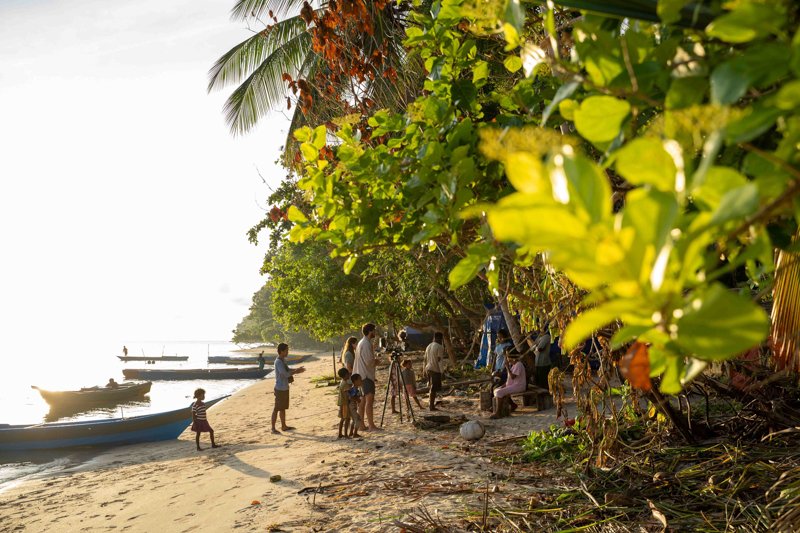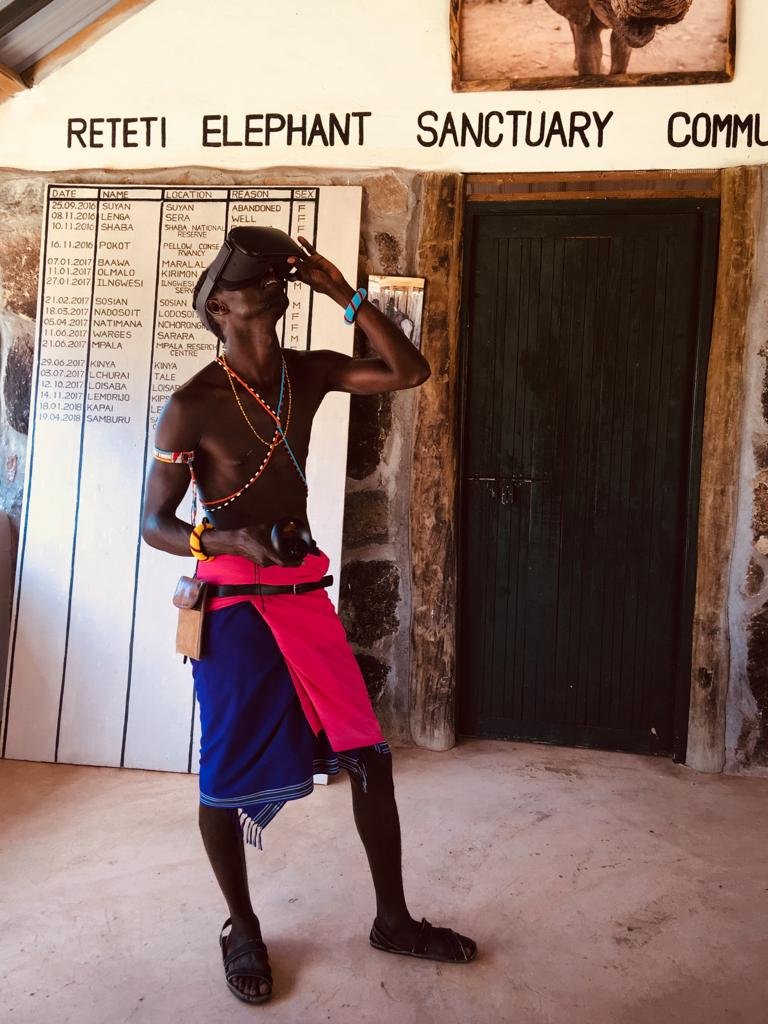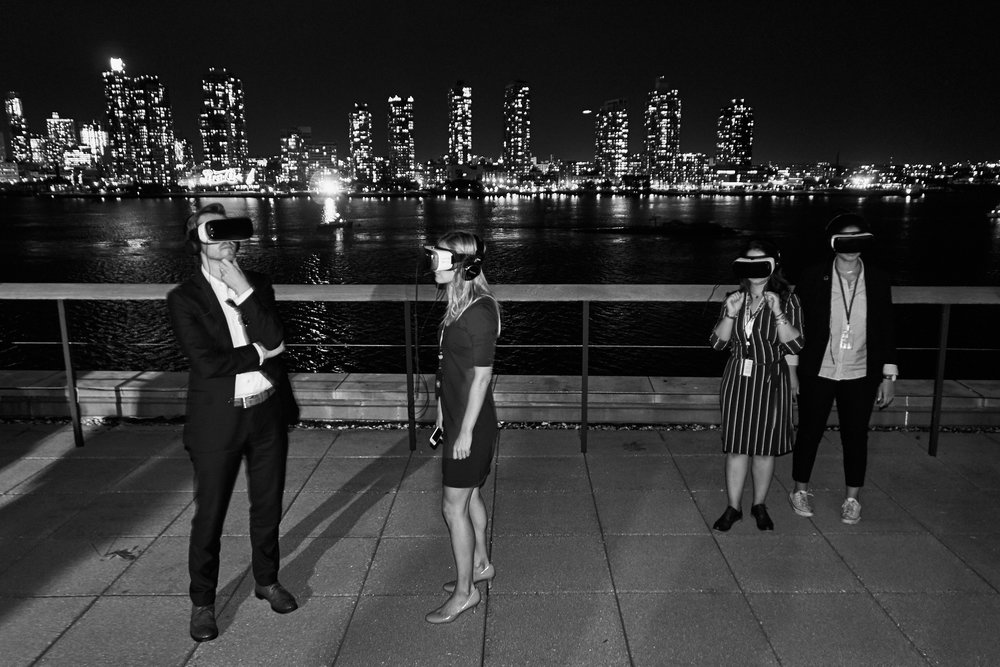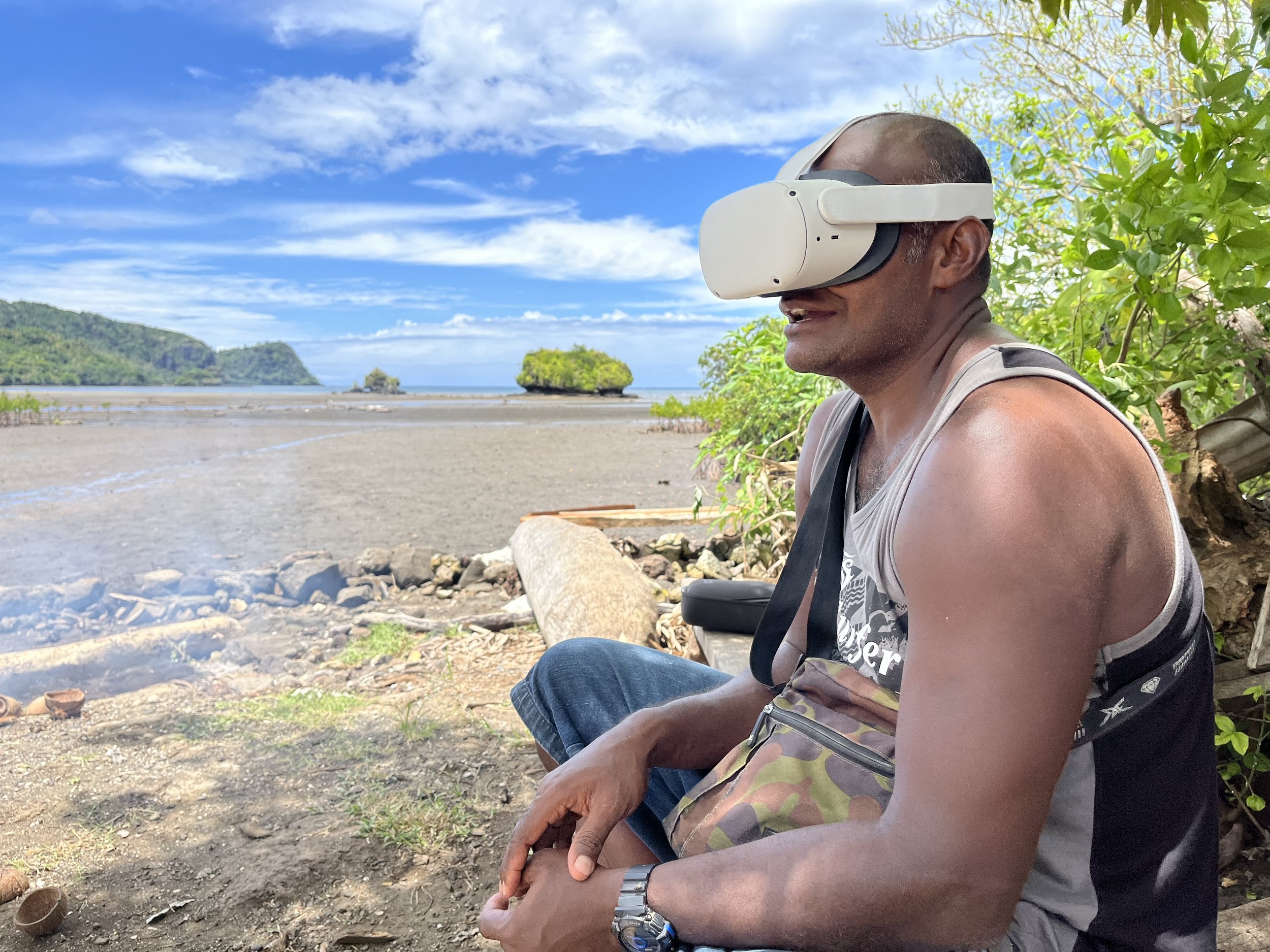In the digital age, storytelling has evolved with the emergence of new realms of imagination and interaction. Digital technology has not only expanded the platforms and mediums through which stories are told but also drastically changed the very nature of narrative engagement. From the written word to immersive virtual realities, transmedia storytelling now offers a multifaceted canvas where stories are not just passively consumed but actively experienced, inviting audiences to step into the story, to live and breathe within the narrative, not dissimilar to how indigenous communities shared knowledge through oral storytelling through generations. In today’s dynamic landscape, storytellers have the potential to be architects of experiential worlds, leveraging technology to craft stories that resonate deeply, engage profoundly, and linger long in the memory. Along with such opportunities comes responsibility; narratives shape our beliefs and contribute to our imagined futures.
The Emergence of Virtual Reality
A Samburu man viewing VR rushes from previous days in the field whilst our team was filming ‘ecosphere:Kenya.’ Photo: Angie Richard.
Virtual Reality (VR) has emerged as a transformative tool for storytellers. Unlike traditional storytelling mediums, VR offers an immersive environment where the audience, or percipient, is able to have a more embodied experience. The unique offering for VR storytelling is the ability to create a sense of presence, transporting users into different worlds and perspectives. Whether it's stepping into a historical event, breathing in reciprocity with nature, or experiencing the lived experience of another person, VR makes these experiences palpable and emotionally resonant. It extends the boundaries of storytelling beyond the visual and auditory, often incorporating elements of touch and spatial awareness, thus engaging multiple senses and creating a holistic experience.
Moreover, VR's narrative creation is not limited by physical constraints, allowing storytellers to craft intricate and complex worlds that would be impossible to replicate in real life. This has significant implications for education, empathy-building, and entertainment, offering new ways to learn, understand, and feel stories. Facilitated by empathetic storytellers and technologists, VR becomes more than just a hyped gadget; it's a powerful medium that can evoke stronger emotions, foster deeper understanding, and leave a lasting impact on its audience.
From Sharks to Global Narratives
Nearly a decade ago, my friend and mentor Taylor Steele introduced me to the world of VR, first placing me in a mobile-powered headset that transported me underwater off the coast of South Australia, face-to-face with a Great White Shark. That heart-pounding moment was soon followed by another profound experience: a VR project by Steele depicting a mining worker virtually witnessing his wife's childbirth from afar. These experiences, immersive and emotionally charged, ignited my passion for impactful storytelling in virtual reality. Furthermore, working Sybil Steele and her female-founded creative studio TEMME, I began to explore the potential of elevating human stories in VR.
Premiering TEMME’s VR film Mothers of the Atlas at the United Nations Social Good Summit in New York, a 360° documentary exploring how wireless mobile technology contributes to women’s maternal health in Morocco’s Atlas Mountains. Photo: Paul de Luna.
My journey over two decades of storytelling, evolving from a surf/travel magazine writer and editor to a digital publisher and eco-adventure filmmaker, has always been fueled by a deep-seated curiosity and empathy for diverse human experiences. Semi-nomadic living and extensive global wandering alone and with my family has cemented my belief that we must rekindle our role as planetary custodians. We've lost touch with the cultural and ecological narratives that our ancestors passed down orally, narratives that once shaped worldviews promoting regenerative living. As Tyson Yunkaporta puts it, we’ve become trapped in 'wrong stories' leading to degenerative practices. Futurist Monika Bielskyte's work resonate with me, and her words: "Those who control the fantasy control the future." Although I'm not a technologist or camera expert – I’m storyteller and regenerative futures researcher - the power and potential of VR storytelling compelled me to enter this male-dominated field. My goal is clear: to champion and create stories that pave the way for a more equitable and sustainable future for all.
Angie on location in Raja Ampat with Director Joseph Purdam, filming ‘ecosphere.’ Photo: PHORIA.
Collaborating with skilled technologists and camera experts, I’ve had the privilege of applying my storytelling and production skills to the realm of immersive technology. This collaboration has led to impactful projects like the award-winning 'ecosphere' natural history series, climate security documentary 'Sea of Islands', and a recent VR animated film ‘What If’, which vividly portrays the potential impacts of climate change in Dubai. These projects, shared on major global stages such as the United Nations’ General Assembly and COP conferences, meld my dual passions for human and nature narratives, breaking new ground in VR documentary storytelling and introducing diverse global perspectives to a wide audience. On a personal note, this technology allowed my late grandmother to virtually join my family’s travels across Asia, experiencing our journey through 360° videos I created for her to view in a VR headset.
United Nations delegation watching climate security documentary ‘Sea of Islands’. Photo: UNDPPA.
Access to Immersive Technology
While access to VR experiences remains a challenge, the rise of community-based experiences is making VR more accessible and social, circumventing the need for personal equipment. I am a firm advocate for this broader access, fully aware of the internet bandwidth limitations in remote communities worldwide. Engaging in conversations with indigenous friends and elders, I explore how this technology might benefit their communities. A memorable instance occurred during the filming of 'Sea of Islands' in Fiji. After viewing our 'ecosphere' episode on Raja Ampat, a village headman was inspired by the coral reef replanting efforts in Misool. He saw the potential of using a shared VR headset to educate local villages and government officials, hoping to spark similar environmental projects and garner funding support in Fiji. In crafting distribution plans and contemplating legacy in this space, production companies and VR storytellers must thoughtfully consider such access. Ensuring widespread availability is vital to the impact and longevity of our work in immersive storytelling, as is the importance of co-creation with local communities (I will write an entire blog about co-creation soon).
A village headman in Fiji watching ‘ecosphere: Raja Ampat’, which inspired his community to want to try coral replanting programs as demonstrated by locals in Misool. Photo: Angie Richard.
Funding challenges also present a unique hurdle for immersive storytelling. Unlike traditional film production, VR demands specialized equipment, software, and technical expertise, often inflating production costs. The niche nature of VR content can also be a deterrent for conventional funding sources like studios and networks, which may be hesitant to invest heavily in a medium still gaining ground in mainstream media. Additionally, the return on investment for VR projects can be less predictable, given the relatively smaller audience base and the need for specific viewing equipment. This landscape requires VR filmmakers to seek alternative funding routes, such as grants focused on technological innovation, crowdfunding, and partnerships with tech companies keen on promoting VR technology. Despite these challenges, the potential of VR documentaries to offer unparalleled immersive experiences keeps driving creators to find innovative solutions to bring our visions to life.
Technical set up* of our custom VR cameras whilst filming ‘ecosphere: Kenya’. Photo: Angie Richard.
*Note: though shooting in stereoscopic 180° requires our camera team to be close, the above image depicts the camera car and equipment much closer to the wild elephant than was the case in real life. Wildlife rangers and wildlife camera experts were engaged throughout this unique production.
Infusing Regenerative Principles into Immersive Storytelling
Moving into the future, I remain committed to both immersive story facilitation and advocating for greater access and co-creation. Bringing together a vast network of diverse creatives, technologists and community members, Anicca Media is poised to continue participating to stories that give rise to transformative behavioral change, enabling regenerative futures. I am leaning into VR stories and community-based shared immersive experiences that create opportunities for percipients to view the world from alternative perspectives rooted in planetary and societal wellbeing, principles of regenerative thinking.
‘ecosphere’ takes viewers on immersive journeys to Kenya, Boreno and Raja Ampat, to explore community-managed conservation. Photo: PHORIA.
In 2024, we're taking a bold step forward, blending over two decades of transmedia storytelling expertise with a progressive vision for regenerative futures. Join us as we craft innovative solutions for the immersive tech and media industries, aligning captivating storytelling with sustainable and regenerative practices to inspire lasting change. Explore our latest projects, or learn about Angie’s regenerative futures consulting.
Interested in collaborating? We’d love to hear from you, please fill out the form below and we’ll be in touch.









